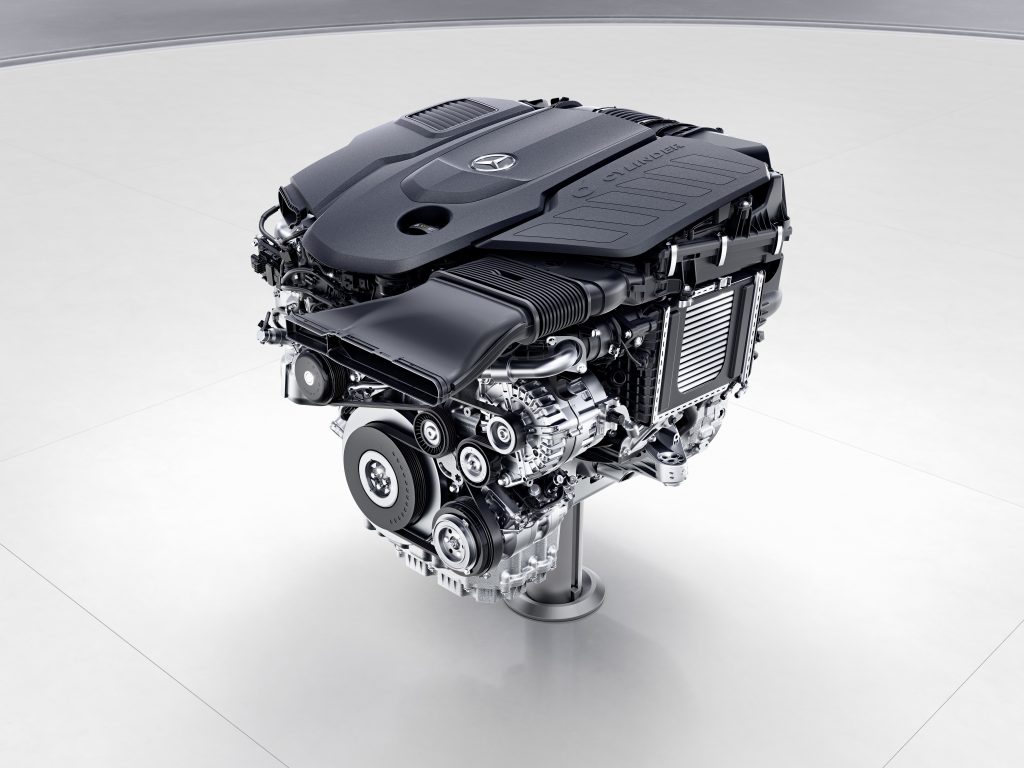We use cookies to make your experience better. To comply with the new e-Privacy directive, we need to ask for your consent to set the cookies. Learn more.


The Big Debate - Petrol vs Diesel
What we know.
As well as setting aside £690 million for councils to ease urban congestions and air pollution, the 2017 budget outlined potential plans to introduce new tax penalties for diesel vehicles. While the initiative is presently only in the consideration stages, concrete plans are due to be unveiled within the Treasury’s Autumn Statement. Understandably, this has spread uncertainty amongst both current and prospective diesel owners. A Mercedes-Benz six-cylinder diesel engine.
A Mercedes-Benz six-cylinder diesel engine.
So, what’s changed?
While they outperform petrol engines on their release of CO2, diesel engines emit high levels of both Nitrogen Oxides and sooty particulates. As with all emissions, these are detrimental to human health; the effects of which are especially prevalent in our major cities. Furthermore, as has now become common knowledge, vehicle emissions pose a serious threat to the natural world due to their contribution to global warming. At the turn of the century, the current Labour government encouraged the uptake of diesel cars because of their lower C02 output. Additionally, the vehicle tax changes that came into place last month were still indicative of this view. We saw an increase in the tax owed on vehicles emitting greater C02, a policy therefore penalising petrol car owners. However, with the emergence of electric vehicles and the utopia of zero emission driving becoming an ever-closer reality, the onus is now on drivers to clean up their act.The result.
The differences in the performance between the two fuel types will always be attributable to personal driving preference and routine usage. For example, a diesel engine is low rev and high torque, providing a lot of thrust from the offset. This better suits vehicles tackling difficult terrain, carrying heavy loads or for drivers who require comfort on long motorway journeys. A petrol engine, in comparison, is more commonly recognised for its instant throttle response. In simple terms, a petrol car is therefore most typically suited to short journeys, city driving or those most commonly using A and B roads.
With the potential increase in running costs proposed in the Spring Budget, what has now been thrown into question is the better cost-efficiency high-distance drivers benefitted from by choosing a diesel engine over a petrol one. The higher miles-per-gallon potential of diesel fuel means those who cover a lot of miles are usually advised to choose a diesel vehicle due to cost savings at the pump. Now, the potential increases in tax fees are set to level the playing field.
 The Mercedes-Benz E-Class, E 220 d in Hyacinth red.
The Mercedes-Benz E-Class, E 220 d in Hyacinth red.
What is important to keep in mind is that the the pressure has already been on manufacturers for quite some time to improve the standard of both petrol and diesel engines. As of September 2015, all new vehicles were required to meet Euro 6 emissions standards, the sixth incarnation of the European Union’s directive to reduce harmful vehicular pollutants. It applies to both petrol and diesel engines but its legislation is reflective of the different kinds of pollutants the two variants produce.
This more restrictive emissions testing has forced the hand of manufacturers to develop vehicles that are less polluting while maintaining levels of performance and power. The result: a far improved vehicular landscape.